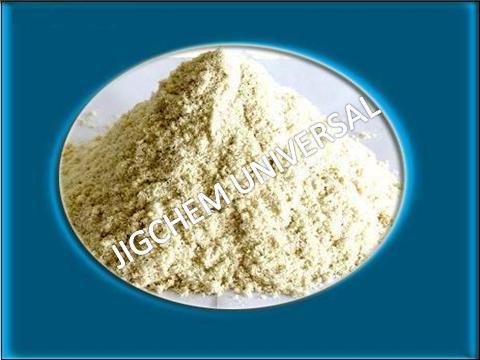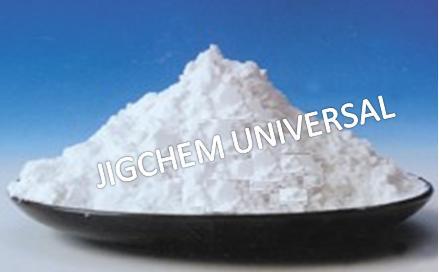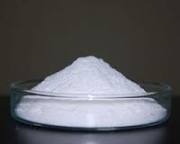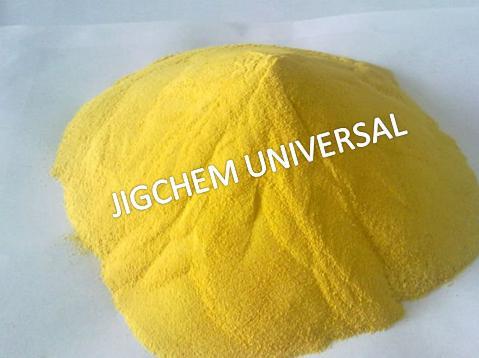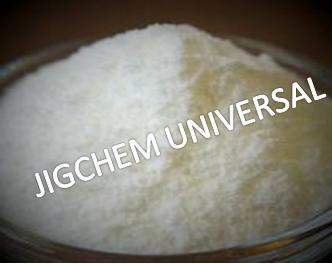
Lactose
Product Details:
- Storage Dry Place
- Shelf Life 3 Years
- Chemical Name Lactose
- Grade Industrial Grade
- Usage Laboratory Industrial Use
- Purity(%) 97 %
- Physical Form Powder
- Click to View more
Lactose Price And Quantity
- 20 INR
- 25 Kilograms
Lactose Product Specifications
- Powder
- 97 %
- Laboratory Industrial Use
- Dry Place
- 3 Years
- Industrial Grade
- Lactose
Lactose Trade Information
- Cash Advance (CA) Cash in Advance (CID)
- 25 Kilograms Per Day
- 1-3 Days
- South America Western Europe Middle East Africa Australia Asia Central America Eastern Europe North America
- All India
Product Description
Lactose, a milk sugar and as the name suggests is obtained only from milk. Lactose so obtained from milk is chemically known as Alpha Lactose Monohydrate. It is obtained commercially from whey of milk by direct crystallization after the removal of whey protein by ultra filtration. It has high nutritional value and is mainly used as constituents of foods and medicinal products. Lactose, a milk carbohydrate, is less sweet than sucrose. Its empirical formula is C12H22O11 H2O with a molecular weight of 360.31. It is an integral constituent of the milk. Beside acting as a major source of energy, it is also essential for the growth and development of the child.
APPLICATIONS AND USES OF LACTOSE
- In Pharmaceutical Industry:
In tableting as a diluent, filler, bulking agent and expecepient. In capsule filling alongwith the active materials. Provides free floability and avoids segregation or mixtures. In homeopathic medicines used in making bio-chemical tablets and mixtures. Maintain quality of globules.
- Baby Foods:
To stimulate the composition of human milk. Fortification of baby food with Lactose.
- Freeze Dried Solution:
To increase plug size and aid caking.
- Sugar Coating Solutions:
In combination with sucrose.
- Flavours:
Ideal carriers for artificial sweeteners to give free flowing powders.
- Bakery:
Contributes flavours, textures,appearance,shelf life and toasting properties Increases loaf volume,improves tenderness and prolongs shelf life. For crust growing without resultng in excessive sweetness of the product.
- Fish:
Improves flavor of raw fish.
- Food Products:
Adds mouth feel and viscosity to custard, fruit juices, jams, preserves and in certain icings. With glutamic acid can improve the colour of French fried potatoes, chocolate,drinks,milk and fermented milk based beverages and in whipped desserts for stabilizing protein.
- As a Raw Material:
Lactose Hydrosylates like galactose,glucose. Lactitol.
LACTOSE MONOHYDRATE SPECIFICATIONS (I.P/B.P.)
(C12H22O11. H2O)
| GENERAL QUALITY CHARACTERISTICS | |
| Appearance | fine, white powder |
| Flavour and odour | slightly sweet |
| Solution | clean,colourless,odourless |
| Granulation | offered in different granulation |
| Mesh size | 100-200 |
| CHEMICAL ANALYSIS | |
| Free moisture | Max. 0.1% |
| Protein | Max. < 100ppm |
| Lactose | Min. > 99.80% |
| Ash | Max. < 0.05% |
| Heavy metals | Max. 0.5mg/kg |
| Acid or Alkaline(0.1N NaOH)reaction substances | Max. 0.4ml. |
| Specific Rotation | +54.8 to +55.5 |
| pH value(10% solution) | 4.0-6.5 |
| Water Content | 4.5-5.5% Max. |
| BACTERIOLOGICAL ANALYSIS | |
| Standard Plate Count | Max. 100 per gram |
| Enterobacteriaceae | absent |
| Yeast and Molds | Max. 10 per gram |
| Enterococca | absent |
| Salmonella | absent |
| Staphylococcus | absent |
| Aureus | absent |
| Bacillus cereus | absent |
| Clostridia | absent |

